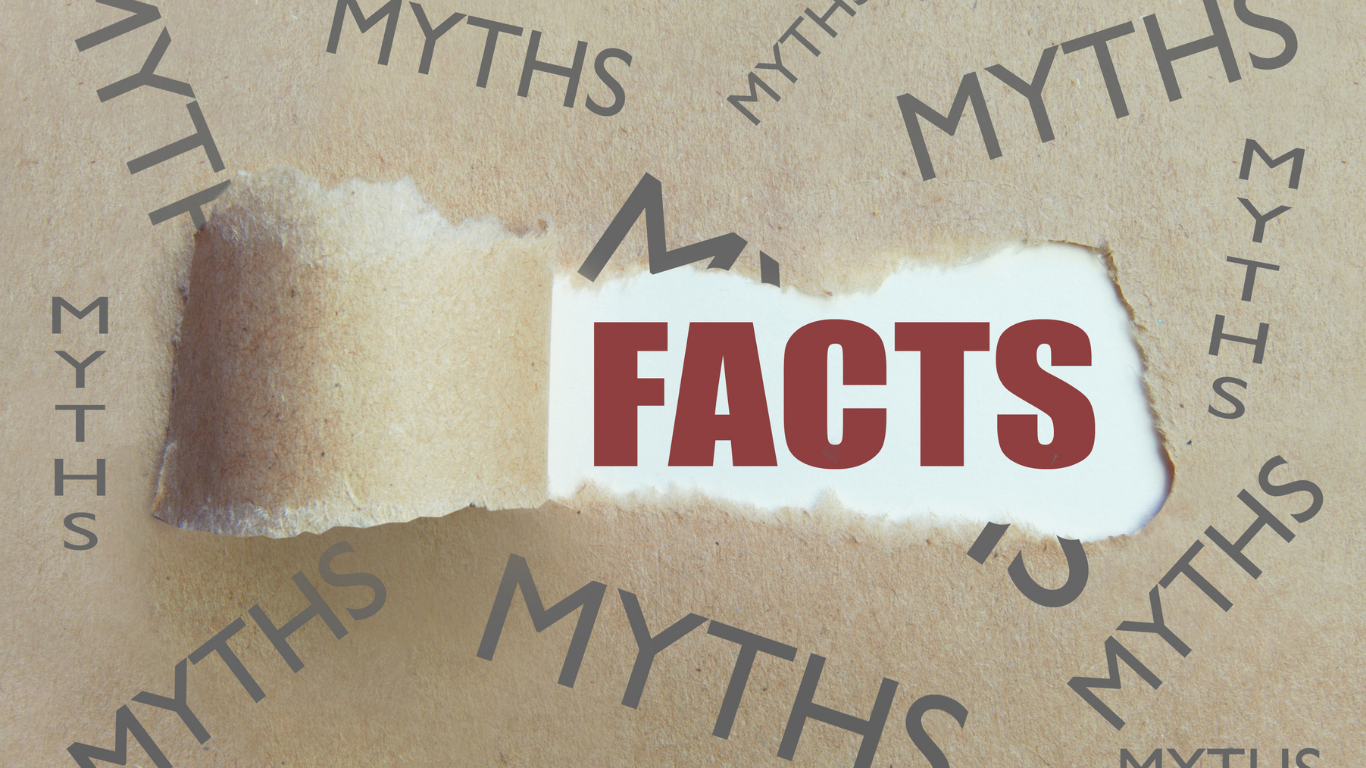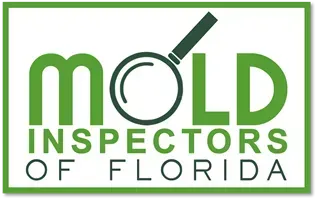7 Common Myths About Mold

With so many myths about mold, it can be hard to keep the facts straight. Most know that mold is essential in the production of some foods and medicines, like cheese and penicillin. So, is it really that bad when you find it in your home? The answer is yes! Keep reading to learn about some common mold myths debunked by mold experts.
Debunking Mold Myths
Mold exists around the world. There are over 100,000 distinct types of mold, so it’s easy to understand how there are so many myths about mold. As licensed mold inspectors, we here at
Mold Inspectors of Florida have seen our fair share of homes and businesses with mold. The more people know the better equipped they are to tackle mold issues. These are some of the most frequent misconceptions our customers often have.
Mold is Visible
Often, people only think that they have mold if they can see it, but that’s unfortunately not the case. While it’s true that nearly all molds have a visible form, there are other signs to be aware of when it comes to mold. You’re probably familiar with the musty smell that can accompany a mold problem. If you do notice a smell, mold could be lurking in areas that you can’t see or easily reach, like behind a wall or inside cabinets.
Mold is Harmless
Think mold is just an eyesore? This is one of the myths about mold that is the most dangerous. In reality, mold is a known cause of many health conditions. Symptoms can range from minor, like an itchy nose or sneezing, to more severe. Mold can cause asthma, skin lesions, and even neurological conditions. Those with a compromised immune system, like children and the elderly, are especially susceptible to the effects of mold. Your and your family’s health are more important than a few stains, so it’s always necessary to take care of any mold problems for more than aesthetic reasons.
Only Toxic Mold is Dangerous
Many have heard of toxic mold or black mold. But that’s not the only type of dangerous mold out there. As mentioned above, almost all types of mold can and do cause health problems – not just toxic ones. Since so many types of mold exist, it’s almost impossible to identify the type of mold just by sight. While some are more common inside homes than others, the only way to properly identify mold is through
professional mold testing. Mold exposure of all kinds can be dangerous to both your health and home, so never ignore mold just because it doesn’t appear a certain way.
Small Amounts of Mold are Fine
Even tiny mold spots could indicate a much larger problem. While it could be that mold is only present in that small area, it could also mean that mold is already growing in other locations throughout your home. It doesn’t require a light source to grow and spread, so any damp area is a prime location for an infestation. That could be anywhere from underneath a sink to inside your walls, so if you do see a small amount of mold, you should do an investigation.
Bleach Kills Mold
Bleach is known as a heavy-duty all-purpose cleaner, so it’s understandable that many think it’s the best solution for cleaning mold. However, bleach only changes the appearance of the surface mold is affecting without actually killing or removing the mold. However, mold can live on more than just the surface. Spores can eat away at organic materials, making bleach an ineffective tool against it. Even worse, you might lower your guard, thinking mold is gone, and end up with direct exposure or skin contact.
You Can Clean Mold Yourself
Since bleach won’t cure your mold problem, surely something else will, right? There are so many cleaners marketed as mold killers or removers, and while they might work on a surface level, they can’t get rid of your issue. Since mold can eat away at the surface of wood, drywall, and other organic materials, there are most likely spores deep under the surface that cleaners won’t reach. On top of that, trying to clean mold yourself will disrupt it, spreading more spores throughout your home.
Once Mold is Gone, It Won’t Come Back
Unfortunately, mold is persistent. All it takes is a few mold spores left behind to form an all-new infestation. That’s why it’s essential to have a professional inspect and test for mold; only they can give you an accurate reading of mold spore levels around the building. They will also be able to help you identify the source of mold. If you perform mold removal but don’t fix a water leak or high-humidity area, mold will undoubtedly return again and again until the problem is resolved. So take action to reduce leaks and humidity in your home to prevent mold from becoming a constant struggle.
Mold Testing in Southwest Florida
If you suspect a mold issue or notice the common signs, contact Mold Inspectors of Florida. We can help you debunk some common myths about mold while giving you a thorough and accurate inspection with confirmed results. Don’t hesitate to contact us today for a mold test!
For more facts about mold, follow Mold Inspectors of Florida on Facebook and Instagram.


